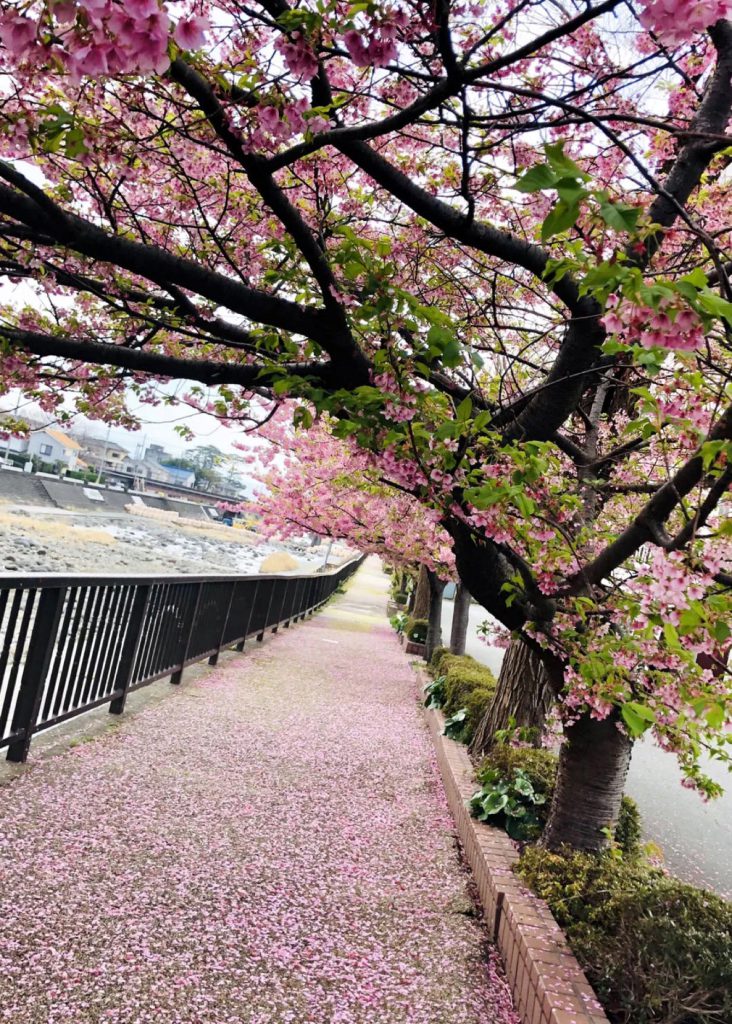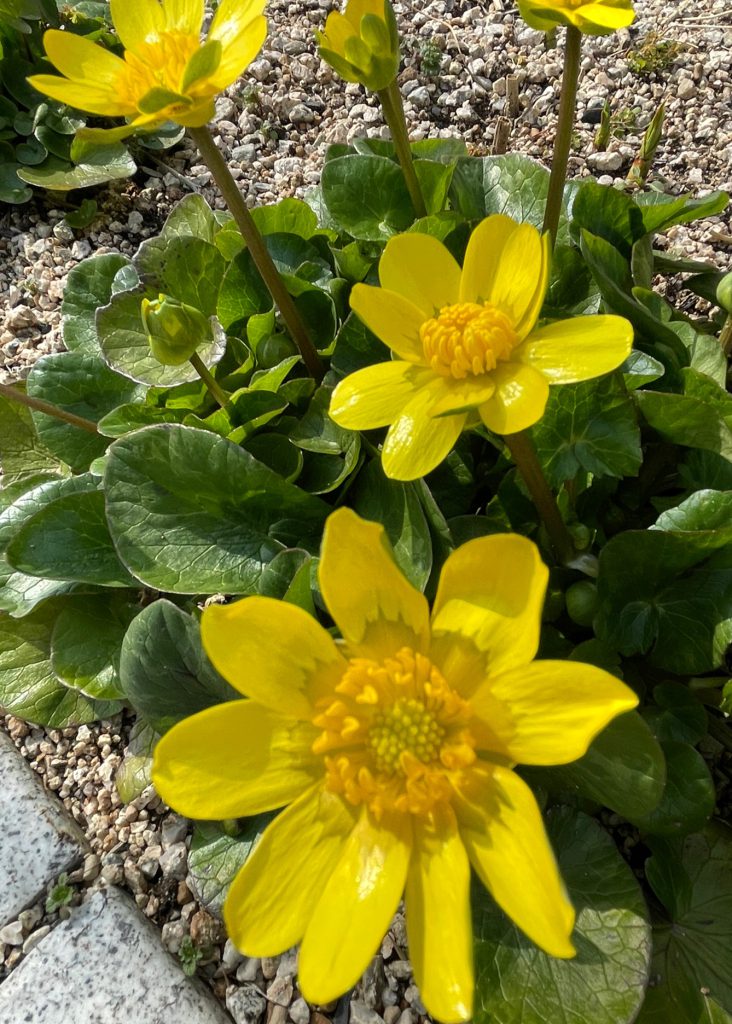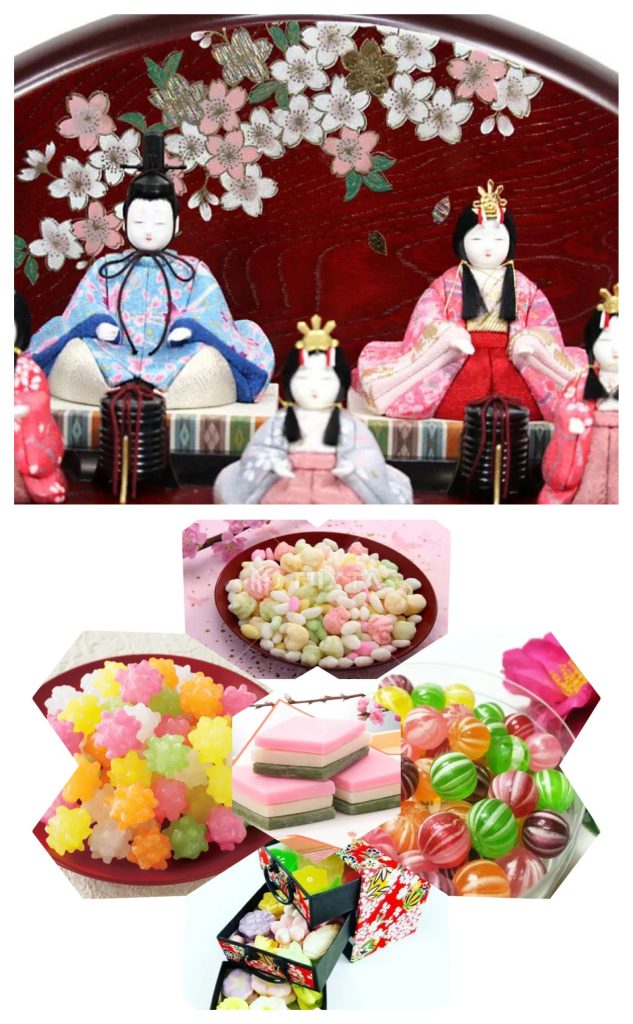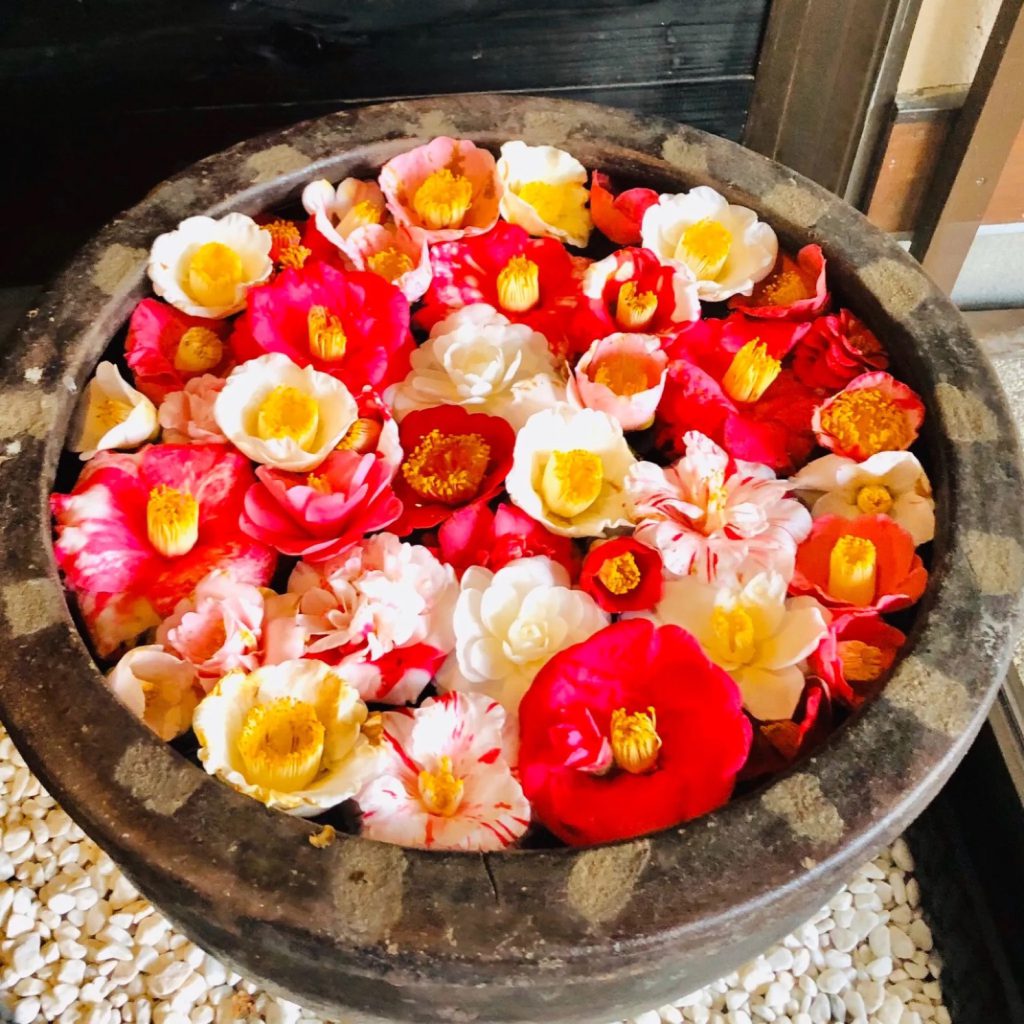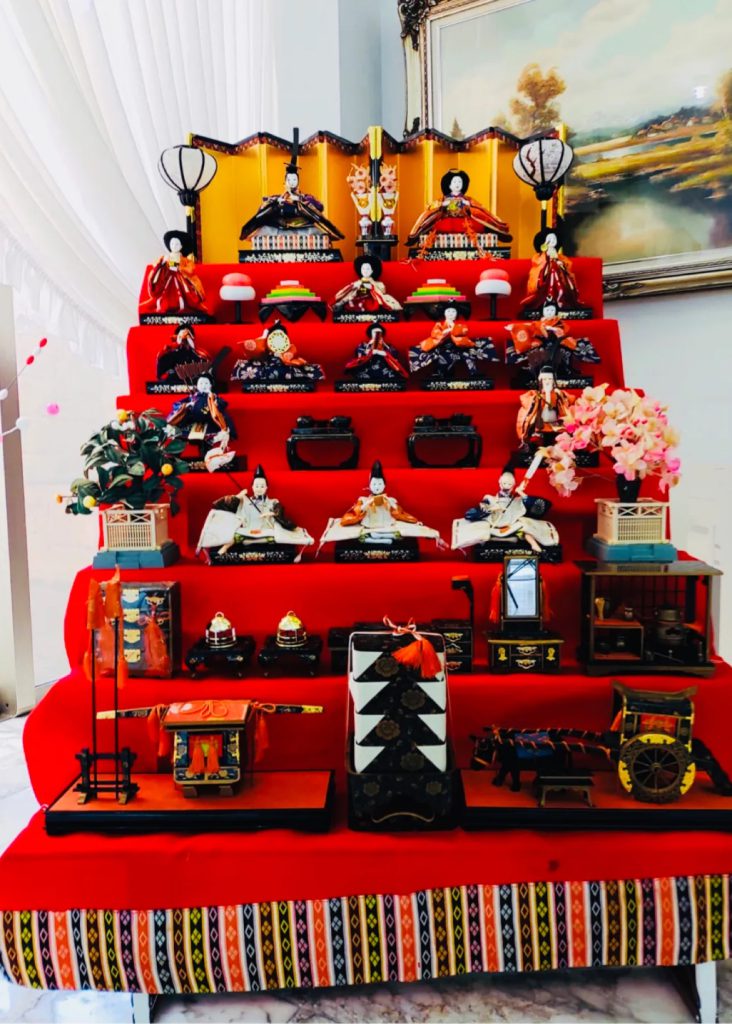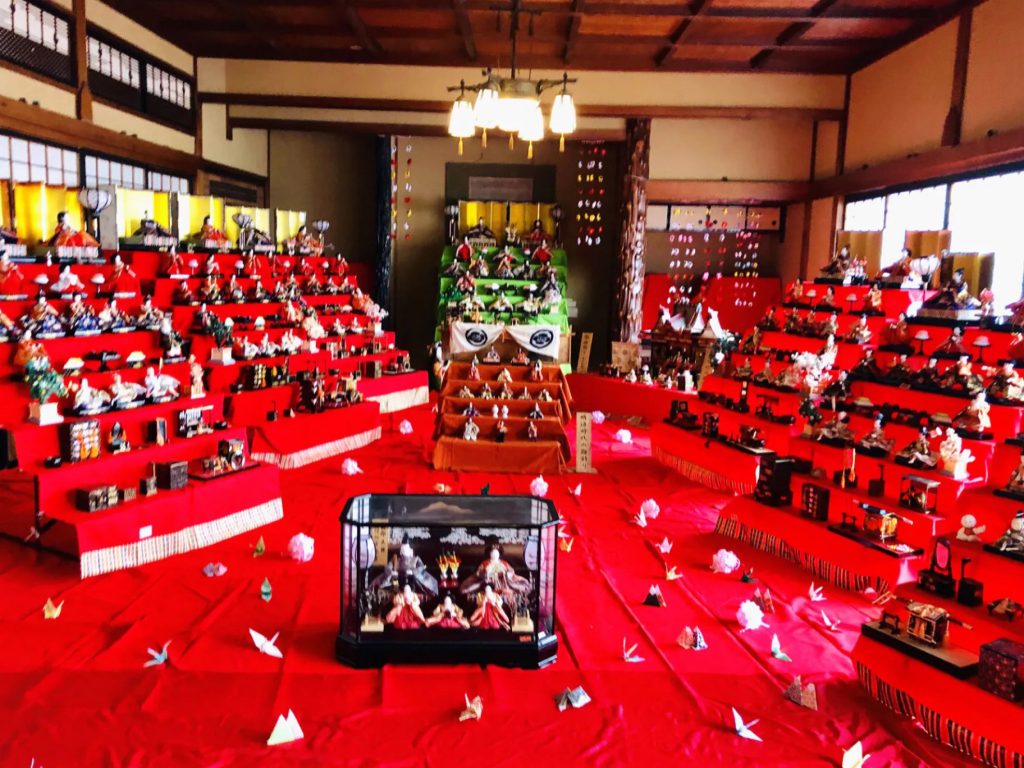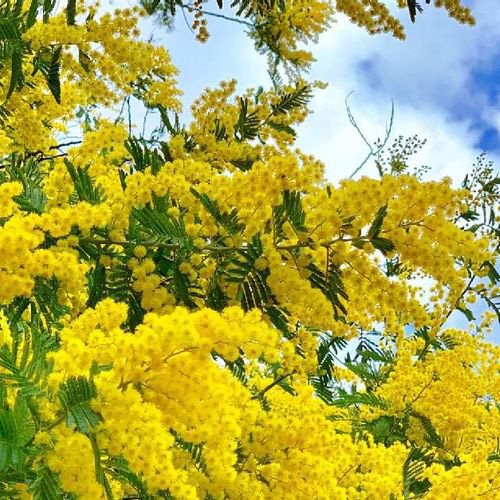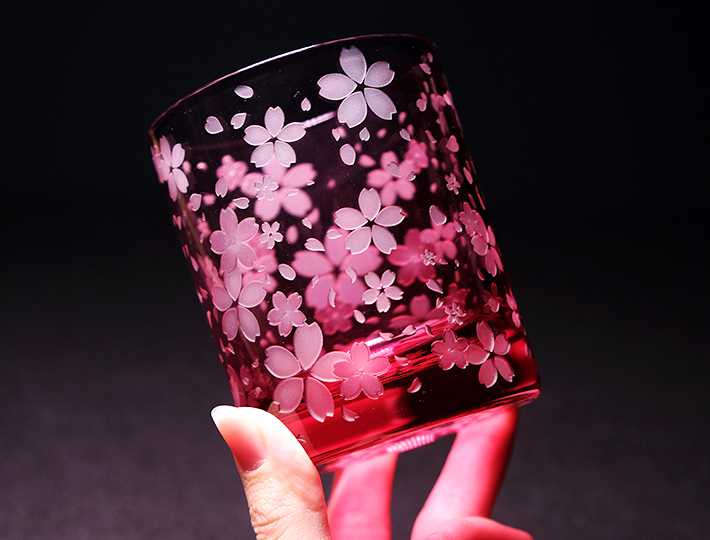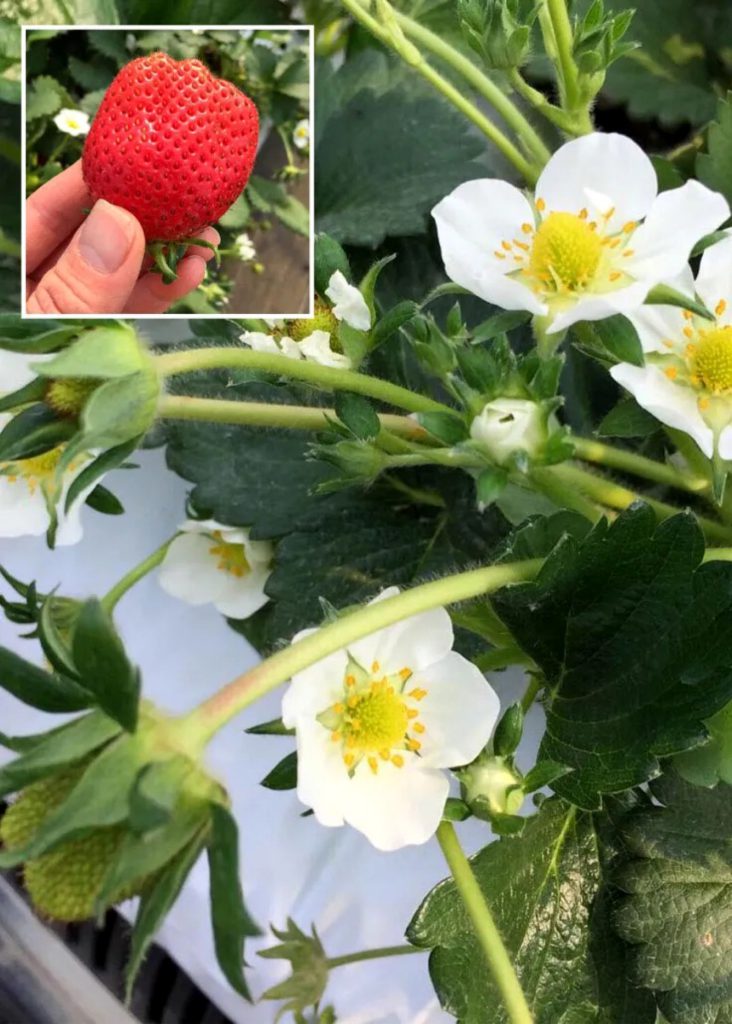
I remembered the Spring in Prague.
Ukraine is mostly located at a higher latitude than Hokkaido, with long winters from November to March, with temperatures around 5 degrees below freezing in winter and around 25 degrees in summer. The area is about 1.6 times that of Japan (378,000 square kilometers), Which is the size of the Japanese archipelago plus another Honshu. The population is 42.05 million, which is about one-third that of Japan (127.44 million). It is almost the same as the population (about 43.51 million people) in the Kanto region (Ibaraki, Tochigi, Gunma, Chiba, Saitama, Kanagawa, Tokyo). Population density is almost the same as Hokkaido. It is known in Japan for the Chernobyl accident, but many Japanese may have learned for the first time that the Chernobyl accident was From the history of being dominated by the great powers of the east and west, the distant cause of this turmoil is that the domestic opinion is divided into Russia-oriented and Western-oriented. The It is this turmoil that Putin, the imperialist-oriented Russian president of the 19th century, dreams of Great Russia and will try to control Ukraine on his own initiative.
プラハの春を思い出しました。
ウクライナは大部分が北海道より高緯度にあり、冬が11~3月までと長く、気温は冬が氷点下5度前後、夏は25度前後です。面積は日本(37.8万平方キロメートル)の約1.6倍で、日本列島に本州をもう1個加えた広さです。人口は4205万人で、日本(1億2744万人)の約3分の1倍です。関東地方(茨城・栃木・群馬・千葉・埼玉・神奈川・東京)の人口(約4351万人)とほぼ一致します。人口密度は北海道とほぼ同じです。日本ではチェルノブイリ原発事故で知られていますが、ソ連時代の事故で、チェルノブイリ原発がウクライナにあったことを今回初めて知った日本人は多いのではないでしょうか。東西の大国に支配された歴史から、国内はロシア志向と西欧志向で意見が二分しているのが今回の動乱の遠因になっています。現在のゼレンスキー大統領は西欧志向ですが、前大統領はロシア志向のポロシェンコでした。19世紀の帝国主義的志向のロシア大統領プーチンが大ロシアを夢見て、独断専行でウクライナを蹂躙しているのが今回の動乱です。

